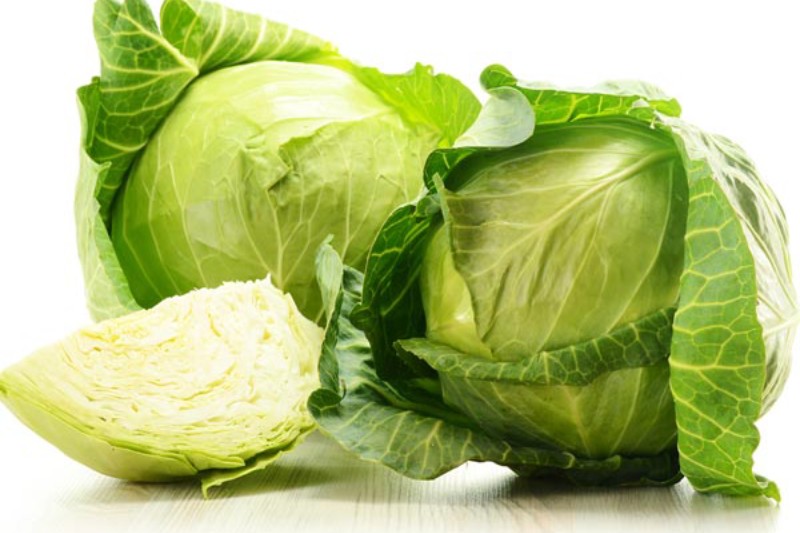5 Justifications for Including Cabbage in Your Weekly Dinner Meal: Heart to Diabetes Health

Do you know that one of the many health benefits of cabbage is that it can dramatically enhance your overall well-being when included in your diet? Full with vitamins, minerals, and antioxidants, cabbage is a superfood. It is particularly high in fiber, vitamin K, and vitamin C, all of which support healthy bones, the immune system, and aid in digestion. Frequent cabbage consumption has been associated with a lower risk of chronic conditions such as heart disease and several cancer types.
Furthermore, cabbage is an excellent food for managing weight because of its high water content and low calorie count. Whether it is consumed raw in salads, cooked in soups, or fermented into sauerkraut, cabbage is a versatile and beneficial complement to any diet, promoting a better and happier life. Here is a summary of all the incredible benefits of using cabbage in your dinner once a week:
1. Diabetes
The risk of diabetic nephropathy can be decreased by the antihyperglycemic properties of cabbage. It also lessens blood sugar levels and eases diabetes.
2. Cancer Prevention
According to WebMD, cabbage has anti-inflammatory and antioxidant properties as well as glucosinolates, which are sulfur-containing substances found in other vegetables. These compounds may help prevent some types of cancer.
3. Better Digestion
Packed full of fiber, cabbage lowers bad cholesterol, controls blood sugar, fortifies the lining of the stomach and intestines, and aids in the healing of stomach ulcers. All of these benefits contribute to better digestion and a decrease in caloric intake.
4. Reduction of Inflammation
By lowering tissue edema, the compounds in cabbage help prevent diseases like cancer, heart disease, diabetes, and Alzheimer’s.
5. Heart Health
According to the National Institutes of Health, anthocyanins, which give cabbage its slightly red color, can reduce arterial stiffness and perhaps blood pressure, which lowers the risk of heart disease and myocardial infarction in young and middle-aged women.